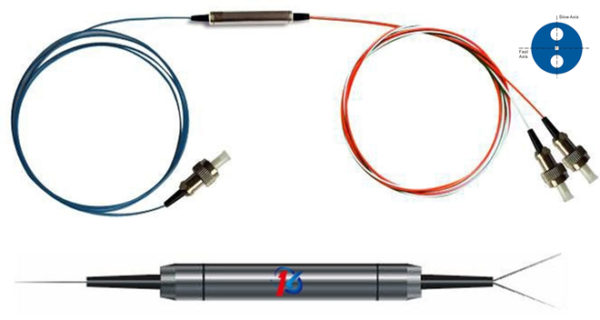It has been just about a long time since DWDM went ahead of the scene with Ciena’s presentation of a 16 divert framework in March of 1996, and over the most recent two decades, it has upset the transmission of data over long separations. DWDM is ubiquitous to the point that we regularly overlook that in the past it didn’t exist and while getting to data from the opposite side of the globe was costly and moderate.

Presently we don’t consider anything downloading a motion picture or putting an IP call crosswise overseas and landmasses. Current frameworks ordinarily have 96 channels for every optical fiber, every one of which can keep running at 100Gbps, contrasted with the 2.5Gbps for each divert in the underlying frameworks.
The majority of this made me consider how it frequently takes two advancements coupled together to make an upset. DWDM remains for Dense Wavelength Division Multiplexing, which is an unpredictable method for saying that, since photons don’t associate with each other (at any rate very little) unique flags on various wavelengths of light can be consolidated onto a solitary fiber, transmitted to the opposite end, isolated and recognized autonomously, in this way expanding the conveying limit of the fiber by the quantity of channels show.
Moreover, non-Dense, plain old WDM had been being used for quite a while with 2, 3 or 4 directs in specific conditions. There was nothing especially troublesome about building an essential DWDM framework. The innovation at first used to consolidate and isolate the wavelengths was thin film impedance channels which had been created to a high degree in the Nineteenth Century. (Presently a ‘days photonic incorporated circuits called Arrayed Waveguide Gratings, or AWGs are utilized to play out this capacity.) But until the point that the appearance of EDFAs there was very little advantage to be had from DWDM.
The polarization keeping up channel WDM arrangement gives wavelength division multiplexing while at the same time keeping up flag polarization. The PM FWDM depends on naturally stable thin film channels innovation and is described with high termination proportion, low addition misfortune, and exceptional yield misfortune. They are perfect for fast WDM organize frameworks. The polarization keeping up channel WDM arrangement gives wavelength division multiplexing while at the same time keeping up flag polarization.
DK Photonics offers wide assortments of PM (Polarization Maintaining) segments including circulator, isolator, combiner, Faraday rotator, coupler, WDM, fiber mirror, etc.
- Wavelength going from 980nm to 1550nm, C band and L band and on asks.
- Wide transfer speed, exceptional yield misfortune, high eradication proportion, high seclusion with low inclusion misfortune over a wide wavelength extend and brilliant ecological solidness and unwavering quality.
- Broadly utilized as a part of Polarization Maintaining Fiber Amplifiers, Fiber Lasers, fast correspondence frameworks and instrumentation applications.
Contact us at www.dkphotonics.com and get the best quality of the product at an affordable rate. We ensure for the best service providing by us. Visit the website and get the best offer for you.